This article may be useful for gardeners who decided to decorate their site as a plant as Echinacea. This representative of the Astrov family is not very good, but you should know some subtleties in matters of growing and care, only then it will delight you long and colorful bloom.
Content
The most common varieties of Echinacea
Echinacea Grass is a perennial plant from the Astrov family, or comprehensive. She is an outcomes from East America. Currently, Echinacea is used as decor either as a medicinal plant. Many varieties belong to the Echinacea clan, below are the most common of them growing in our area.

- Echinacea "Strange" (Echinacea Paradoxa Britton) - has a bright yellow color. \\
- Echinacea "Purple" (Echinacea Purpurea) blooms with large colors with a brown core and can reach 12 centimeters in diameter.
- Echinacea "Cranberry Cupcake" has terry bright purple flowers and is grown in decorative purposes.
- Echinacea "Royal" attracts attention to its height, significantly exceeding 2 meters and large pink-reddish flowers having 15 centimeters in diameter.
- The Echinacea of \u200b\u200bthe "White SWAN" grade, literally translating, is referred to as "White Swan", visually it is very similar to the chamomile.
- Echinacea "Indiaca" is a tall plant with large colors of pink and orange-brown color.
- Echinacea "Magnus" has bright pink and raspberry flowers and pleases the eye with its flowering throughout the summer.

- Echinacea "Julia" is a dwarf version of the American chamomile - this is exactly as yet called Echinacea. It grows up to 38-45 centimeters and has bright orange flowers.
- Echinacea "Double Scoop Cranberry" This drought-resistant beauty is distinguished by its beautiful cranberry inflorescences.
- Echinacea "Cleopatra" looks like a yellow sun, than always attracts the attention of butterflies.
- Echinacea "Evening Zarya" (Evening Glow) is very popular thanks to an unusual coloring. Flower leaves are reminded by the color of the ruddy dawn.
- Echinacea "Musky Melon" (Supreme Cantaloupe) enchants with their carbohylase flowers, closed in double melous melon colors. It is often used to decorate bouquets.
- Echinacea, the photo of which is shown below the variety of shades, which is conquering even the most whimsical gardeners, because this plant fits perfectly into the design of any plot or flower beds, where it will delight you with their long blossoms.
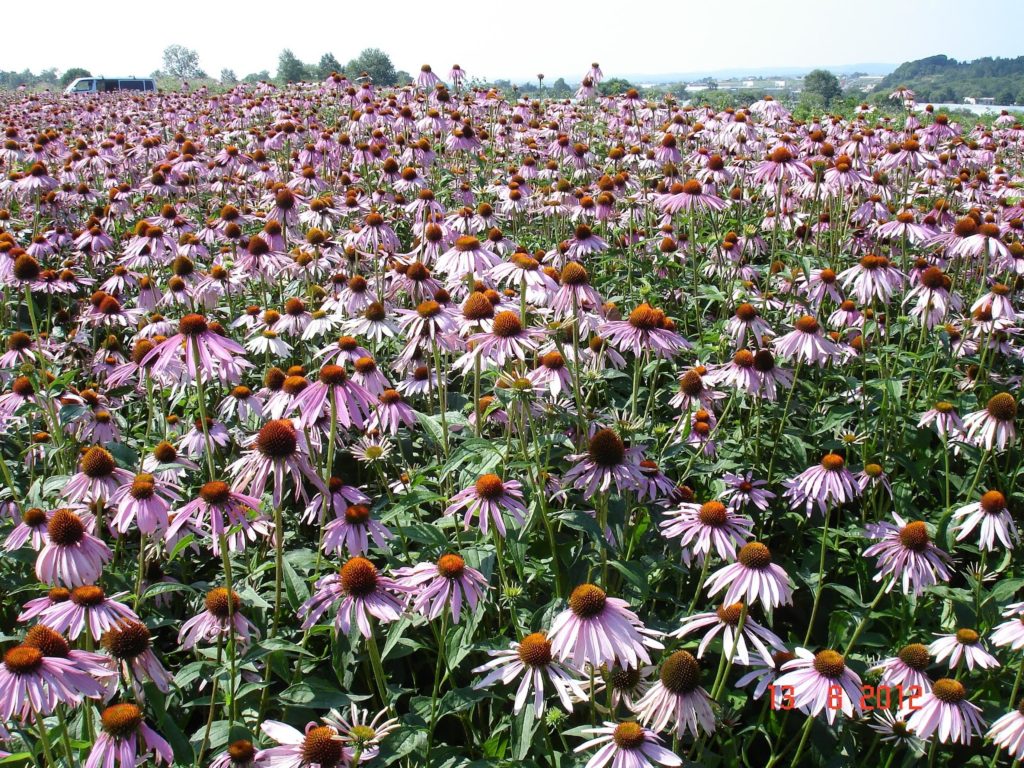
Echinacea Landing and Methods of Growing
Echinacea has an unpretentious character and at the same time has a spectacular appearance. That is why many hostesses plant it on their plot. Modify the American chamomile in two ways: dividing the bush and seeds.

Echinacea Landing and Care - Bust Decision Method
This is a long-known and popular among gardeners a way to propagate the necessary plant.
First of all, it is necessary to separate a part of the adult bush.
The separated part is placed in the root forming a solution for 2-3 weeks.
After the root hairs reach several centimeters, the young plant can be planted in an open ground. During planting, root necks should be located at the soil level.
The Echinacea photo of which is shown below in need of observation and watering warm, but not hot, water every day.
When you make sure that the plant has taken place and gives the first independent sheets, the procedure for watering with warm water stops.

Echinacea Growing - Seed Method
For the cultivation of Echinacea at home, high-quality echinacea seeds are needed, which can be purchased in a horticultural store or on a specialized site. After that, you can do in two ways - to land them into a closed soil, or immediately in open.
In order to grow up echinacea from seeds in roommates, you need to prepare a box with soil.
Early spring it is necessary to sow plant seeds into the soil and fall asleep on top of a thin layer of sand.
You must control the moisture content of the soil and not allow it to dry, producing watering in a timely manner.
The first sprouts will appear after about 14 days.
In early May, when young plants are strengthened, they can be transplanted into open ground.
Young plants should ensure good watering and frequent soil explosion.
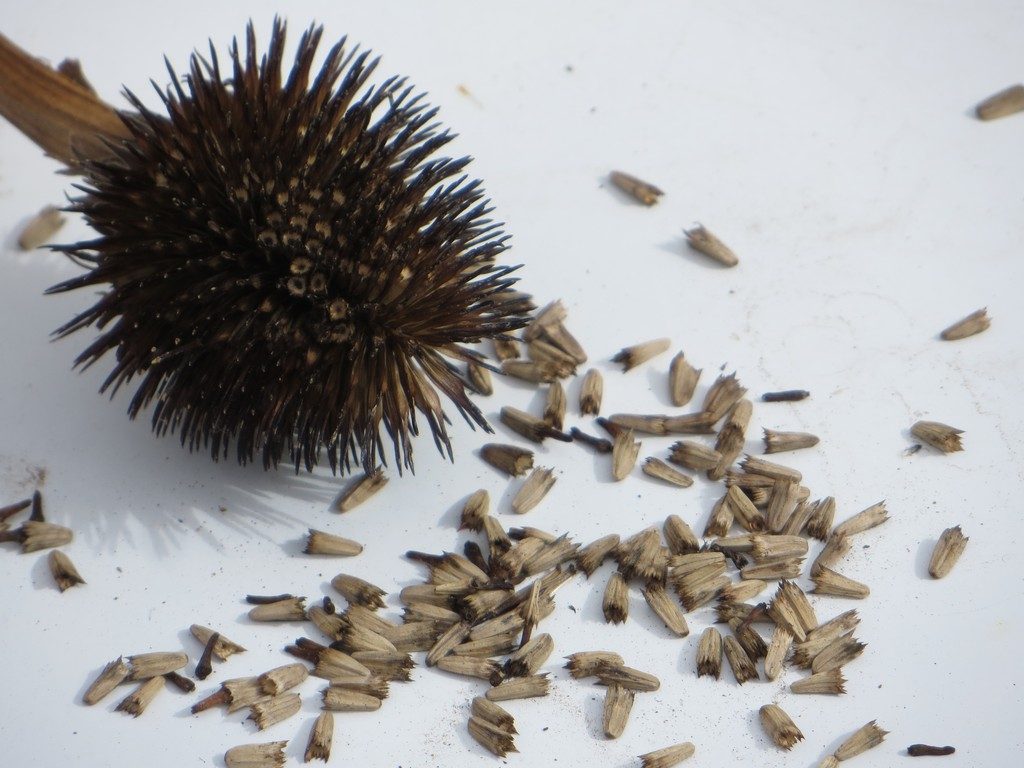
Echinacea Growing - Vegetative Method
To date, another method of reproduction of Echinacea - merisms is gaining popularity. This is a vegetative reproduction method, as a result of which a small cutlets of the original plant is formed. The miniature sprout landed into the pot for indoor flowers and is intensively watering. After 30-45 days, the grown flower can be planted in open soil.

Echinacea Growing - Important Moses
The cultivation of Echinacea at home is a simple and very pleasant process. With minimal financial and physical costs, you decorate your selection with remarkable colorful colors.
For Echinacea, it is better to choose a light, available garden plot, as in the shade of trees the flowers are developing significantly worse.
For all varieties of Echinacea, the landing of young seedlings need to be carried out in spring, in May. For these purposes, you are suitable for fertile, neutral, alkaline and deeply treated soil. If the earth is depleted on your site and is not rich in useful elements, then you can artificially add some organic organics into it - humid and ash. Echinacey cultivation problems may occur only on light sandy soils. If you have an acidic soil on your site, then be sure to add lime to it - to neutralize the medium.
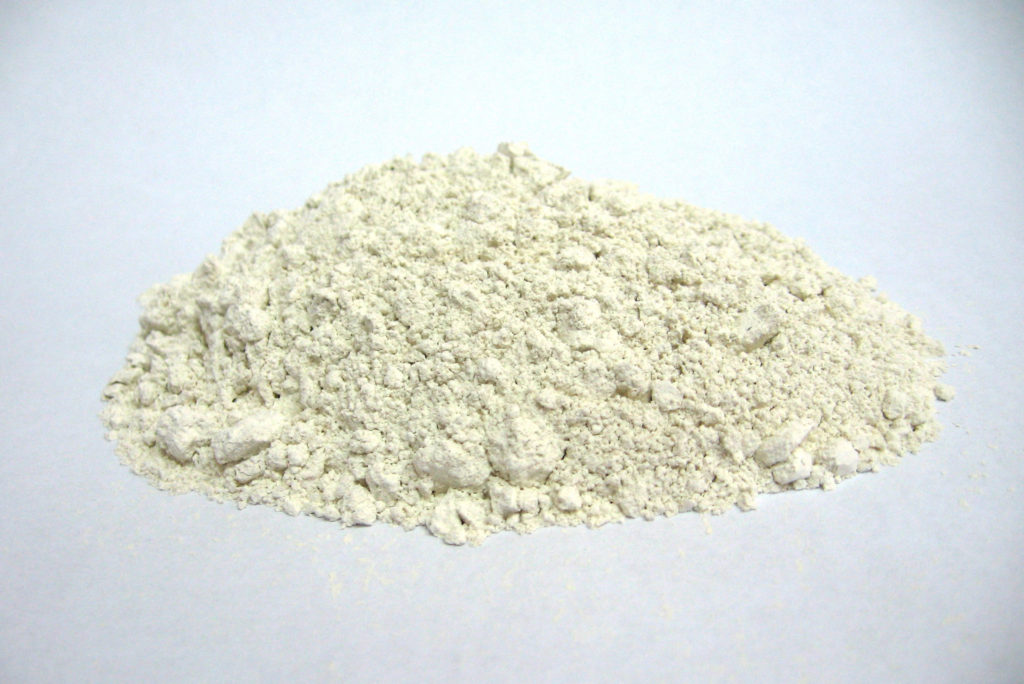
When the time comes out to plant your beauty in open ground, be sure to add to the well in equal proportions compost and sand. After that, carefully transplant the young plant into the prepared hole and fix it at the same depth on which he grew up in a pot.
Despite the fact that echinacea is considered to be drought-resistant, it should be provided regular and abundant irrigation. Thus, you can achieve more magnificent and prolonged flowering. Twice for the season, the plant needs fertilizer. The first time - in the period of active growth (spring), the second - at the time of the beginning the buds began to form.
If you managed to secure Echinatse the departure of the proper level, then in July you can admire high, up to 80 centimeters, green bushes, abundantly decorated with bright colors.
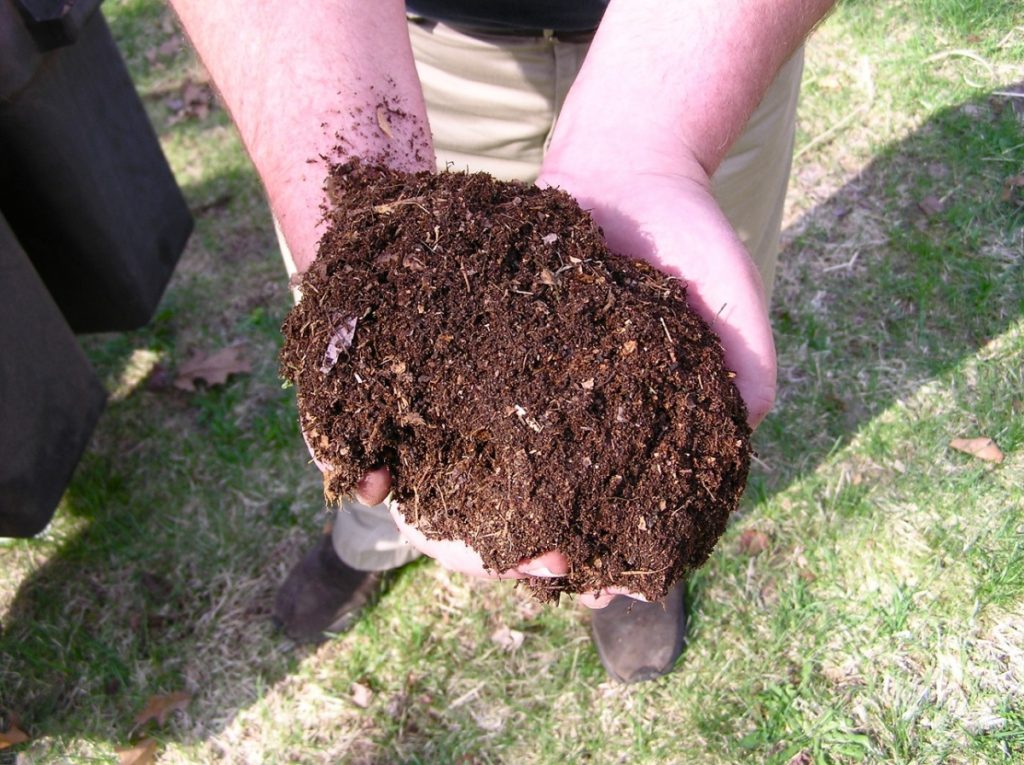
Echinacea Care - Diseases and Pest
As for diseases and pests, Echinacea is extremely rarely subjected to their detrimental effects. Sometimes, due to summer nitrogen rains and frequent temperature drops, the flower is subject to malical dew. It is expressed in the form of a white plaque on the stem and leaves. It is very difficult to overcome this disease, since special drugs do not exist. Therefore, as soon as you revealed a damaged plant - remove it and burn it, and the place where it grew a disinfection concentrated manganese solution.
If the plant is attacked by bugs or other insects, then you can use special means. Well established a carboofosphor who wonderfully copes with this problem.
Echinacea autumn is cut to the earth itself and is covered with a mixture of land with a compost or humus. Earthy mound can still be insulated with dry leaves or tyrsa. Seeds for landing are collected from cut dry flowers for the next year.
And in general, if you adhere to the listed recommendations, regularly produce a plot and free the flower from unwanted weeds, the cultivation of Echinacea will not cause any difficulties.
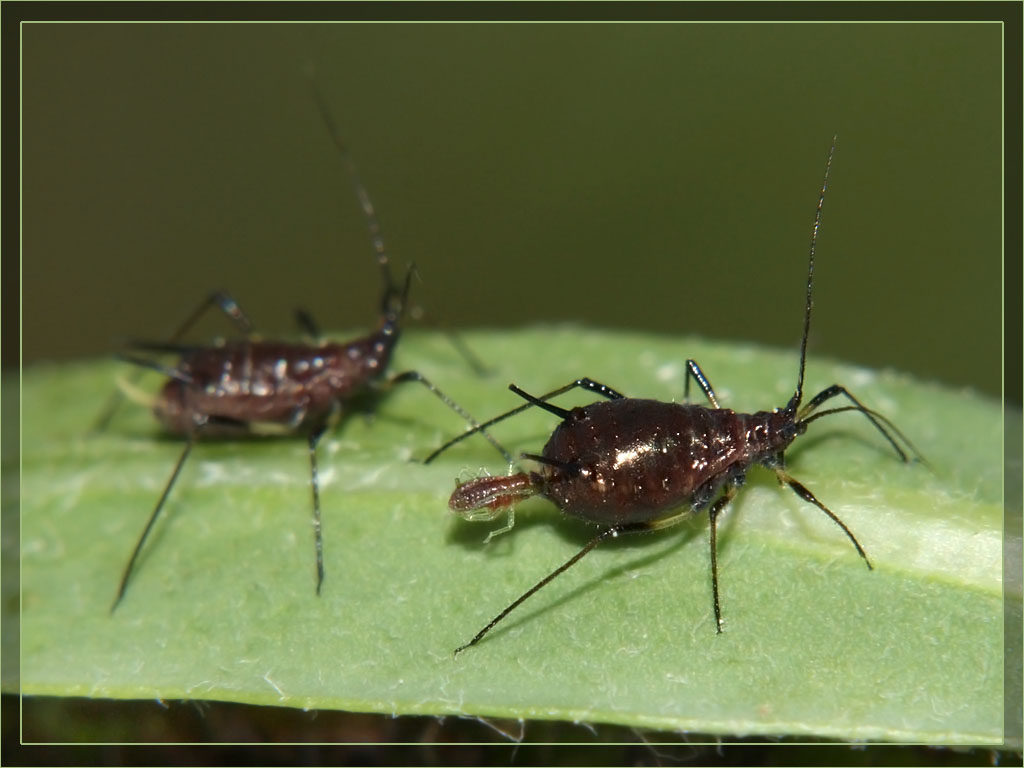
Therapeutic properties of Echinacea - the impact on the body
The scientists find out that the Echinacea plant contains many useful substances, such as:
- polysaccharides;
- organic acids;
- tannins;
- saponins;
- flavonoids resin.
If you brew in steep boiling water a few inflorescences of Echinacea, then you will get a wonderful invigorating and toning drink that will remove fatigue after a difficult day.
The echinacea is made tinctures, decoctions, juices and extracts that have an impact on the human body:
- antiviral;
- antimicrobial;
- antifungal;
- wound-healing effect;
Also, preparations from this plant are wonderfully coping with fatigue and overwork, able to strengthen the immune system.
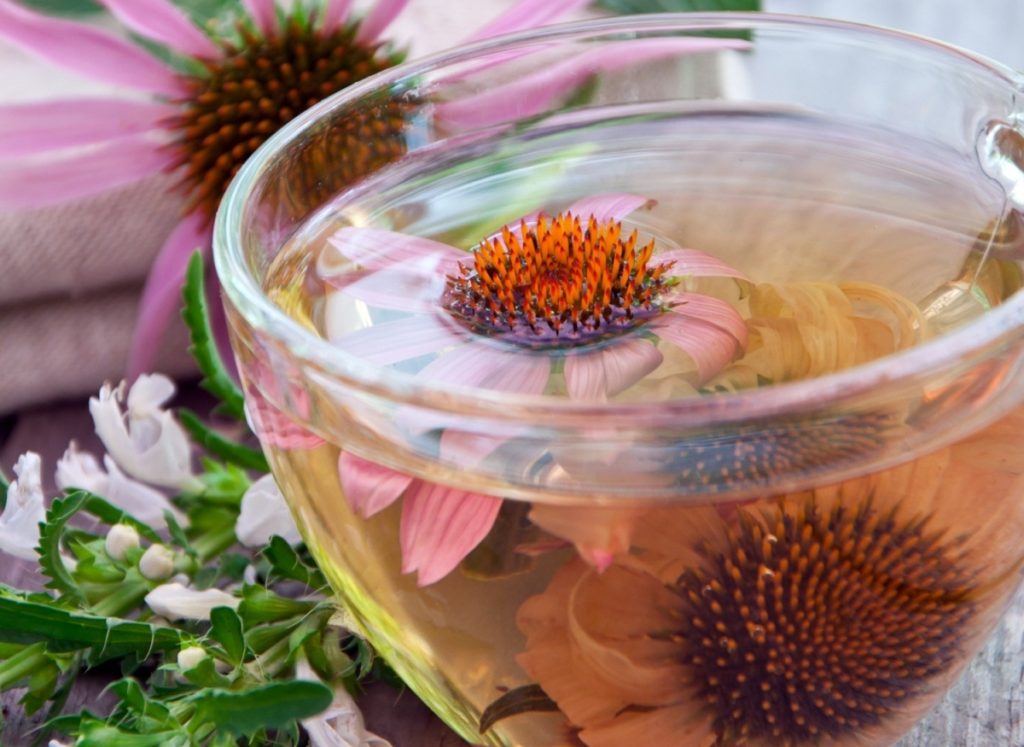
The healing properties of Echinacea
People who are professionally engaged in treating herbs, advise the use of the Muchinacea tincture of purple in the treatment of urinary tract infections and vagina.
As part of the American chamomile there is a substance like Betaine. It fights very effectively with the development of symptoms of stroke and heart attack.
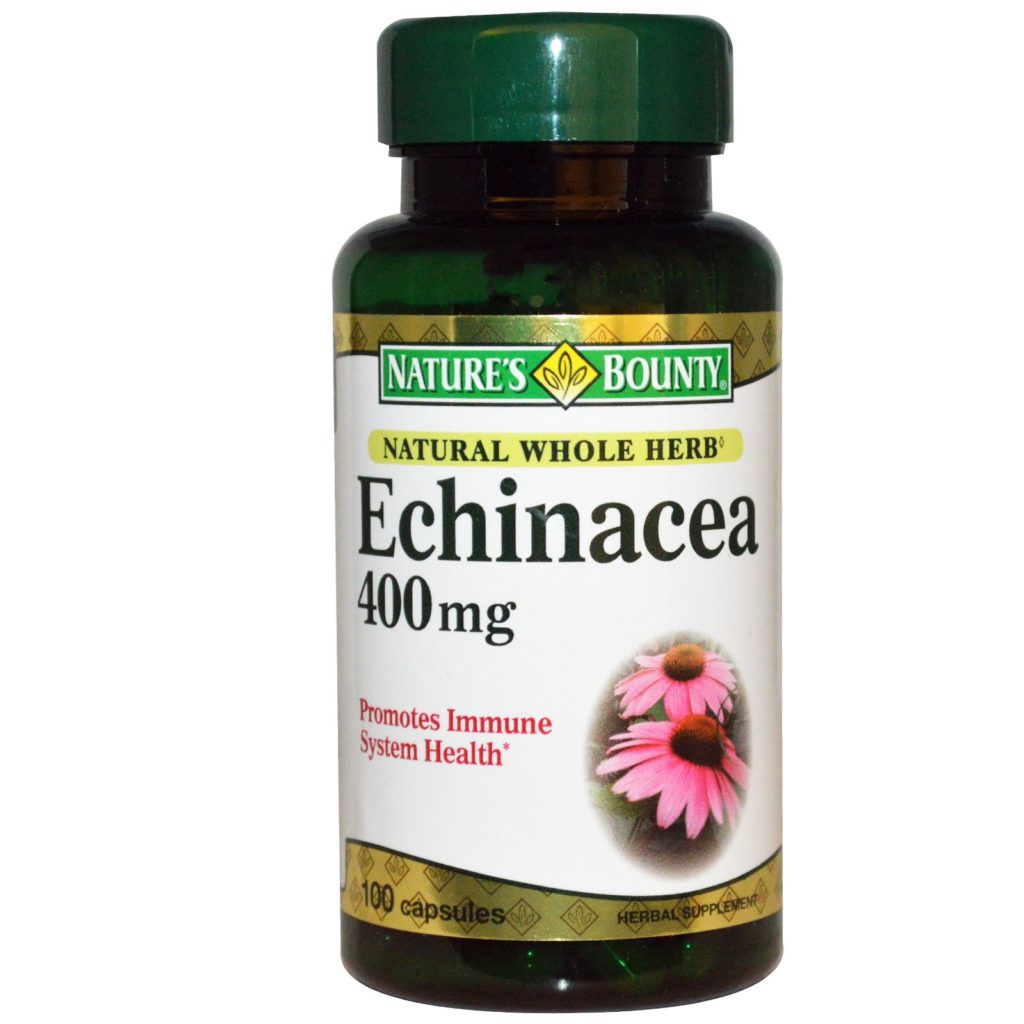
Compresses from the echinacea tincture can be used in the treatment of herpes and psoriasis, as well as in the treatment of burns, insect bites and with non-healing wounds.
Preparations based on Echinacea, are widely used in the fight against diabetes and liver diseases.
Based on Echinacea in modern pharmacology, many drugs are produced, which perfectly cope with the treatment of various diseases. For example, Echinacea composites are a complex homeopathic preparation that is designed to fight with various inflammatory processes.
Infinitely long one can list all the advantages based on Echinacea. Doctors allow it to be used in the treatment of children from three years. But despite this, it can also have some contraindications to the application. Like as:
- individual intolerance:
- allergic reactions.
Therefore, be sure to visit the doctor before applying a drug and make sure that it is safe for you.
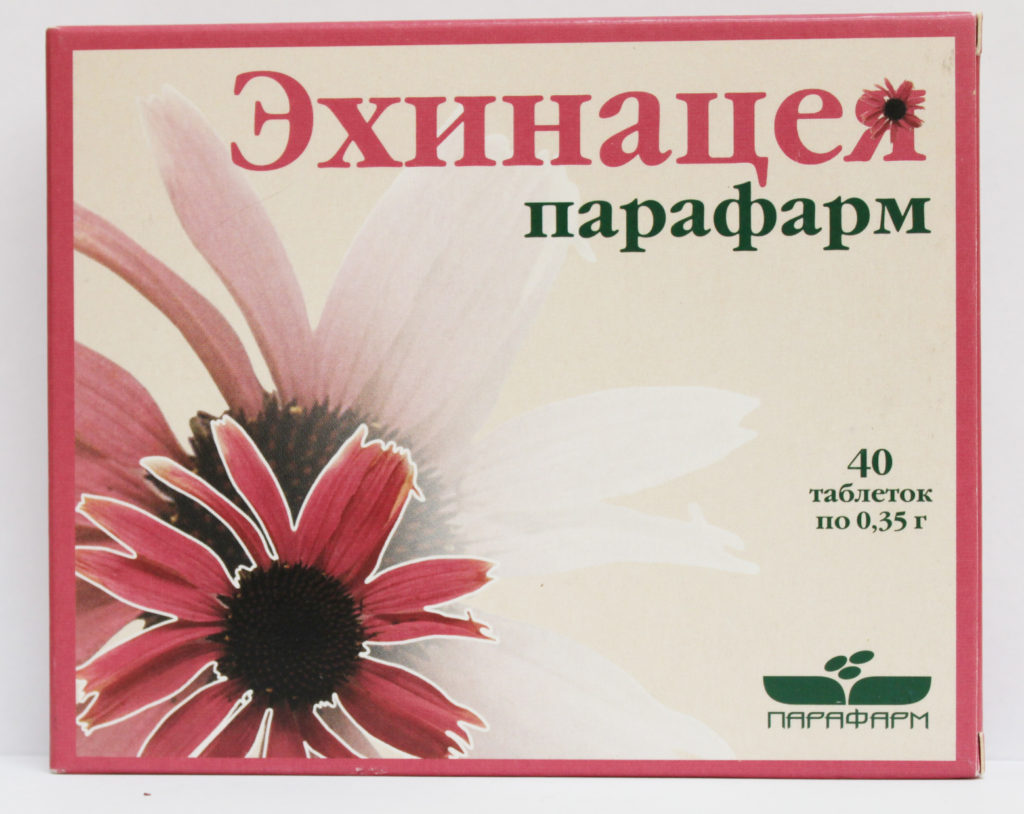
And in conclusion I would like to say that Echinacea is an excellent decorative plant that will not only decorate any plot, but also cope with many diseases. The main thing is not to abuse it with healing properties and listen to the recommendations of doctors. And then you will definitely be healthy and happy!

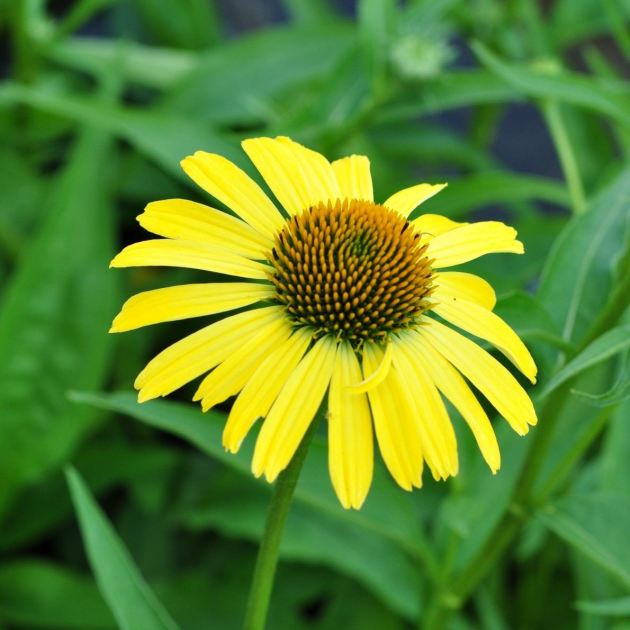












 Start a discussion ...
Start a discussion ...